A newer version of this visualization is available.
OSIRIS-REx – Asteroid Bennu Sample Site Flyovers
Global view of asteroid Bennu with insets of the four candidate sample collection sites. This animation is available in Hyperwall resolution (5760x3240).
When NASA’s OSIRIS-REx spacecraft arrived at asteroid Bennu in December 2018, its close-up images confirmed what mission planners had predicted nearly two decades before: Bennu is made of loose material weakly clumped together by gravity, and shaped like a spinning top. This major validation, however, was accompanied by a major surprise. Scientists had expected Bennu’s surface to consist of fine-grained material like a sandy beach, but instead OSIRIS-REx was greeted by a rugged world littered with boulders – the size of cars, the size of houses, the size of football fields.
The main science goal of OSIRIS-REx is to briefly touch down on Bennu and collect a sample for return to Earth, but the asteroid’s unexpected roughness could pose a hazard to the spacecraft. Areas for safely touching down are fewer and smaller than anticipated, and OSIRIS-REx will have to navigate to them with unprecedented accuracy.
In mid-2019, mission planners identified four candidate sample collection sites, and named them after birds that can be found in Egypt: Osprey, Kingfisher, Nightingale, and Sandpiper. In December 2019, mission planners announced that they had selected Nightingale as the primary sample collection site, and Osprey as the backup. Late in 2020, OSIRIS-REx will descend to Bennu's surface and collect a sample of pristine material from the origins of the solar system that will be studied on Earth for decades to come.
The 3D animations on this page were created using laser altimetry data and imagery of Bennu taken by OSIRIS-REx. The animations are available in Hyperwall resolution (5760x3240).
Looping animation of asteroid Bennu. This animation is available in Hyperwall resolution (5760x3240).
PRIMARY SAMPLE SITE: NIGHTINGALE
Closeup view of Nightingale, the primary sample collection site. Nightingale is located near Bennu’s north pole, and sits inside a 66-foot-wide crater. This animation is available in Hyperwall resolution (5760x3240).
Watch this video on the NASA Goddard YouTube channel.
BACKUP SAMPLE SITE: OSPREY
Closeup view of Osprey, the backup sample collection site. Osprey is located just north of Bennu’s equatorial bulge, and sits inside a 66-foot-wide crater. This animation is available in Hyperwall resolution (5760x3240).
Watch this video on the NASA.gov Video YouTube channel.
Closeup view of Kingfisher, a candidate sample collection site. Kingfisher is located just north of Bennu’s equator, and is centered on a small crater surrounded by boulders. This animation is available in Hyperwall resolution (5760x3240).
Closeup view of Sandpiper, a candidate sample collection site. Sandpiper resides in Bennu’s southern hemisphere, on the floor of a large crater. This animation is available in Hyperwall resolution (5760x3240).
For More Information
See the following sources:
Credits
Please give credit for this item to:
NASA's Scientific Visualization Studio
Data provided by NASA/University of Arizona/CSA/York University/MDA.
-
Visualizer
- Kel Elkins (USRA)
-
Producer
- Dan Gallagher (USRA)
-
Communications lead
- Erin Morton (The University of Arizona)
- Nancy Neal-Jones (NASA/GSFC)
-
Technical support
- Ian Jones (ADNET Systems, Inc.)
- Eric Sokolowsky (Global Science and Technology, Inc.)
Missions
This page is related to the following missions:Datasets used
-
LIDAR [OSIRIS-REx: OLA]
ID: 1055The OSIRIS-REx Laser Altimeter (OLA) is a scanning LIDAR (Light Detection and Ranging). LIDAR is similar to RADAR, but it uses light instead of radio waves to measure distance. OLA emitted laser pulses at the surface of Bennu, which reflected back from the surface and returned a portion of the laser pulse to the LIDAR detector. By carefully measuring the time difference between the outgoing pulse and the incoming pulse, the distance from the spacecraft to the surface of Bennu was computed using the speed of light. This allowed OLA to provide high-resolution topographical information about Bennu during the mission.
See all pages that use this dataset -
Imagery [OSIRIS-REx: OCAMS]
ID: 1063The OSIRIS-REx Camera Suite (OCAMS) consists of three cameras: PolyCam, MapCam, and SamCam. These cameras captured a wealth of imagery during OSIRIS-REx’s time at asteroid Bennu. To help mission planners select a site on Bennu for sample collection, OCAMS provided global image mapping of the asteroid’s surface and more detailed images of potential sample sites. OCAMS also recorded the sampling event during the touch-and-go (TAG) maneuver.
Credit: NASA/University of Arizona/CSA/York University/MDA
See all pages that use this dataset
Note: While we identify the data sets used on this page, we do not store any further details, nor the data sets themselves on our site.
Release date
This page was originally published on Thursday, December 12, 2019.
This page was last updated on Sunday, February 2, 2025 at 12:13 AM EST.
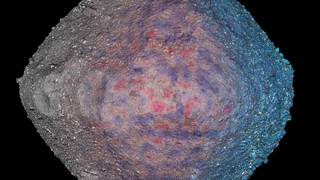

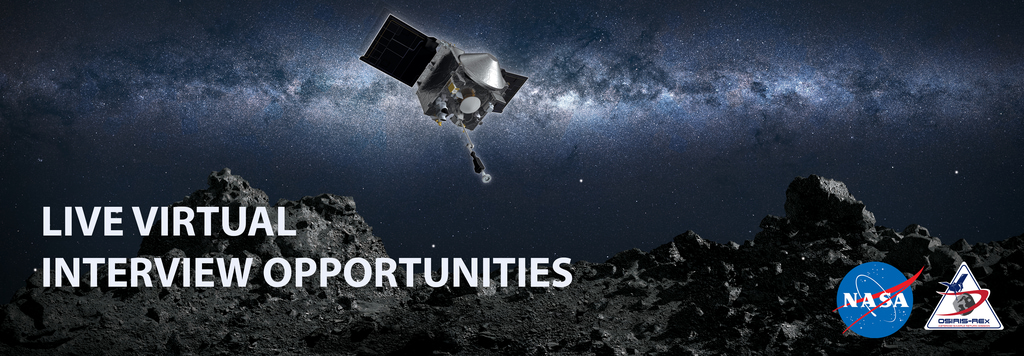
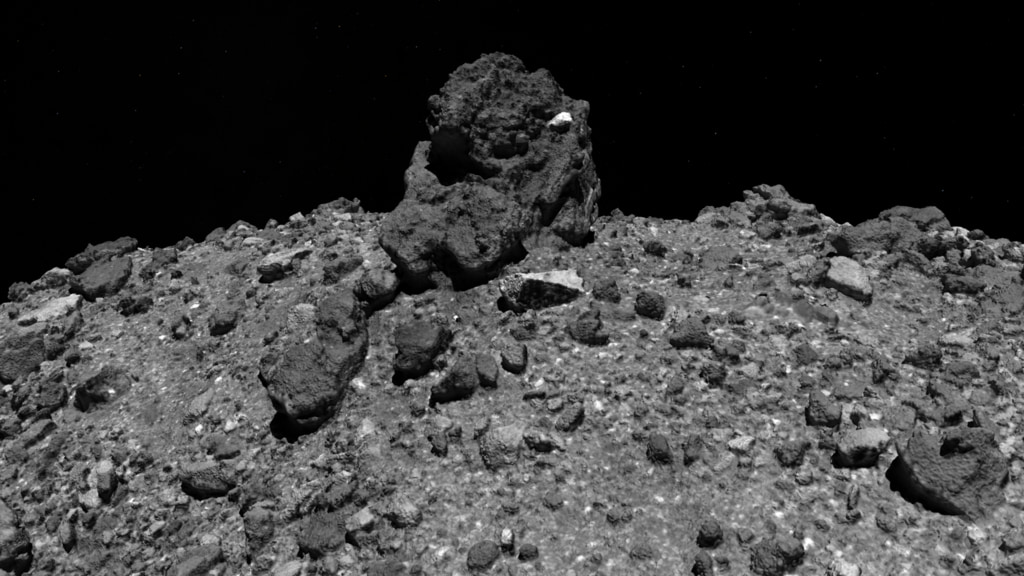
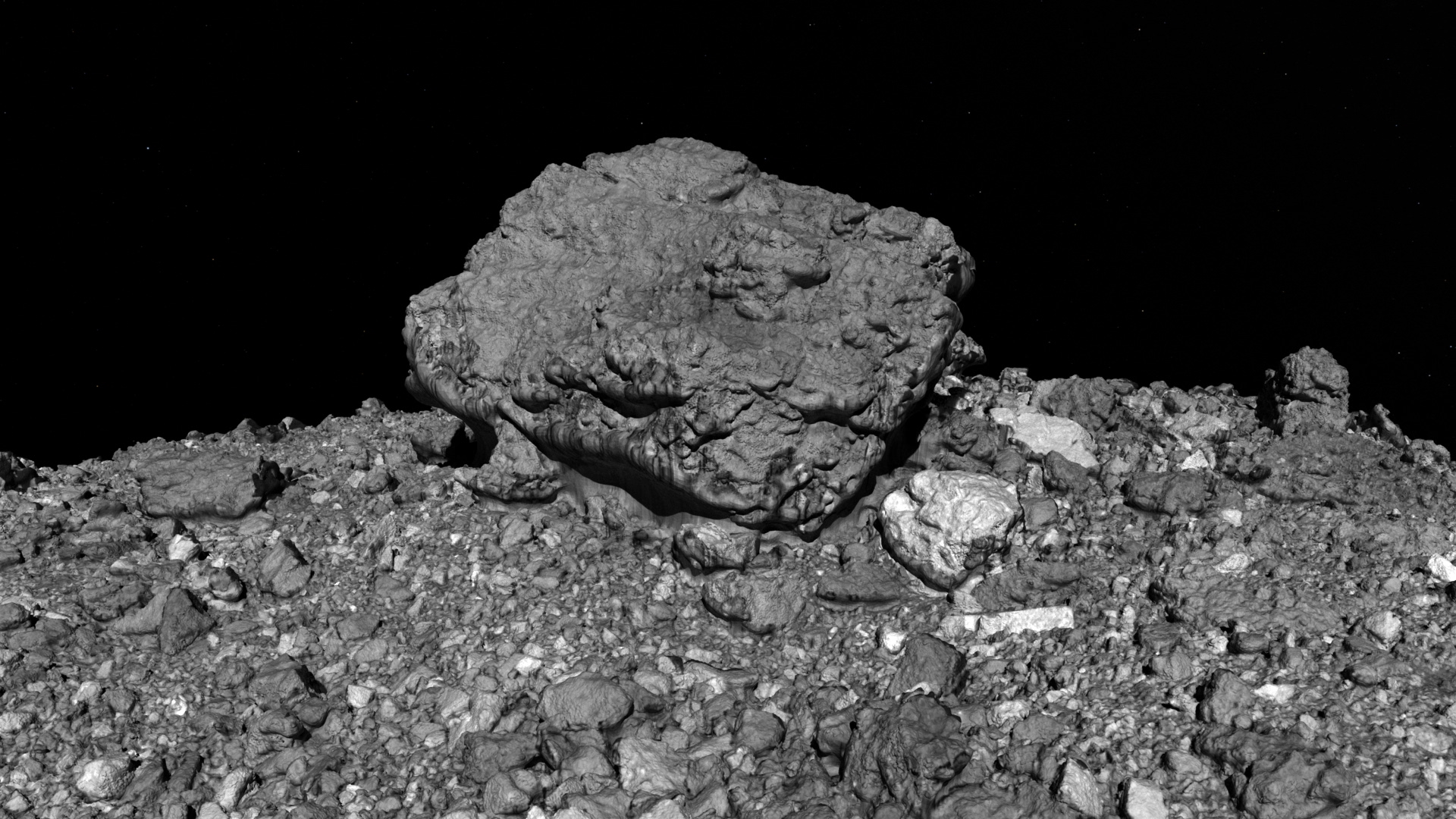
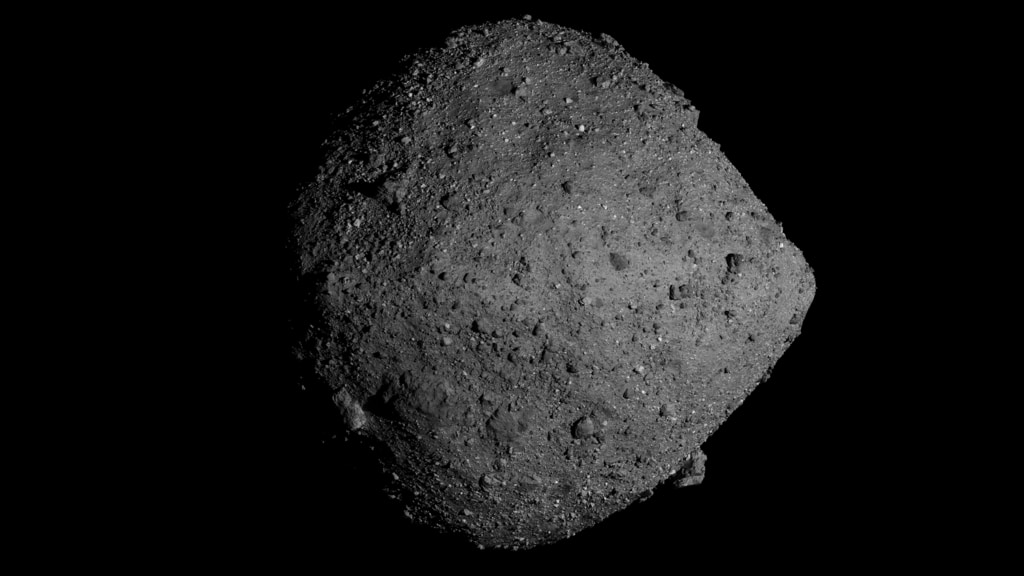
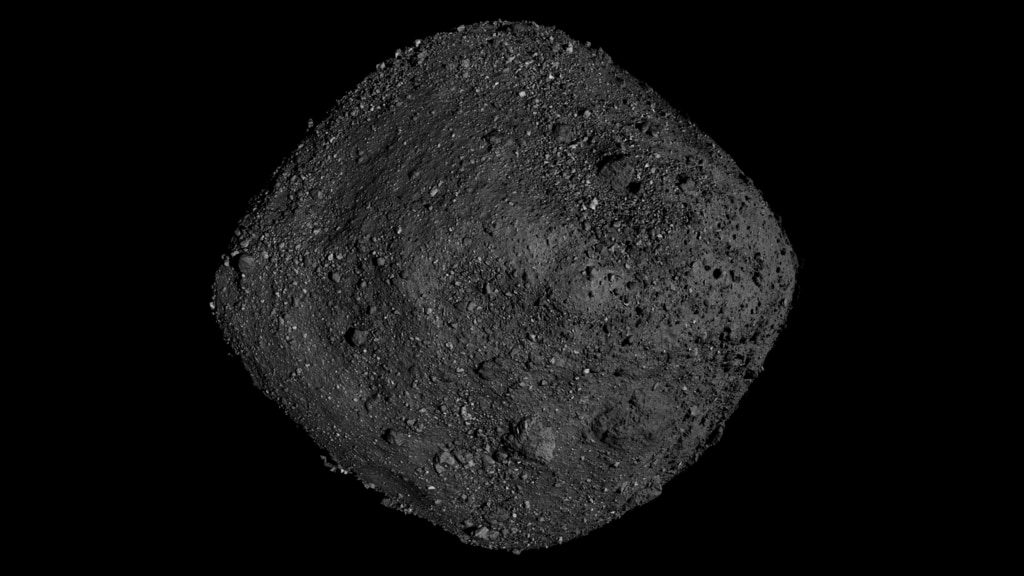
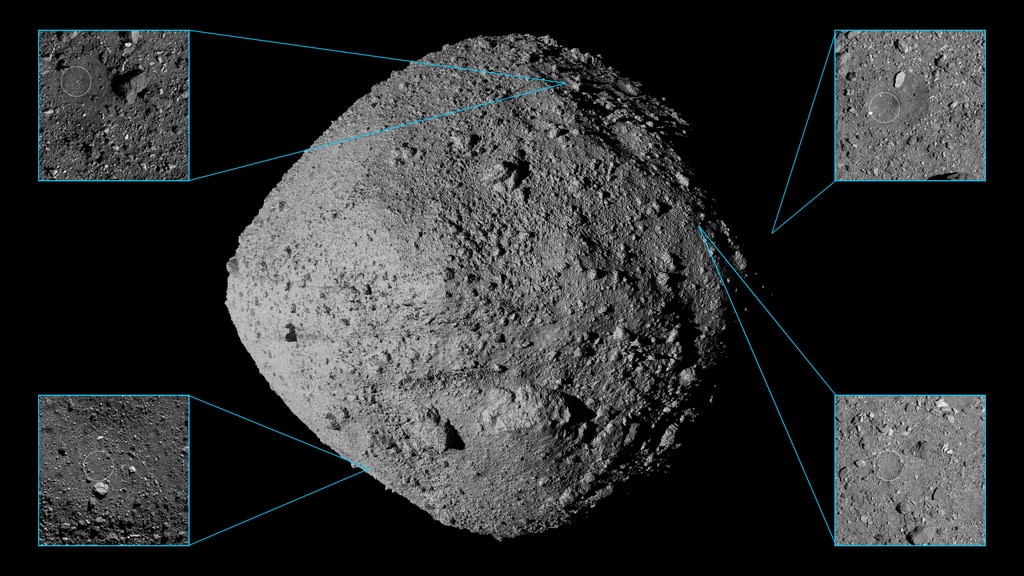
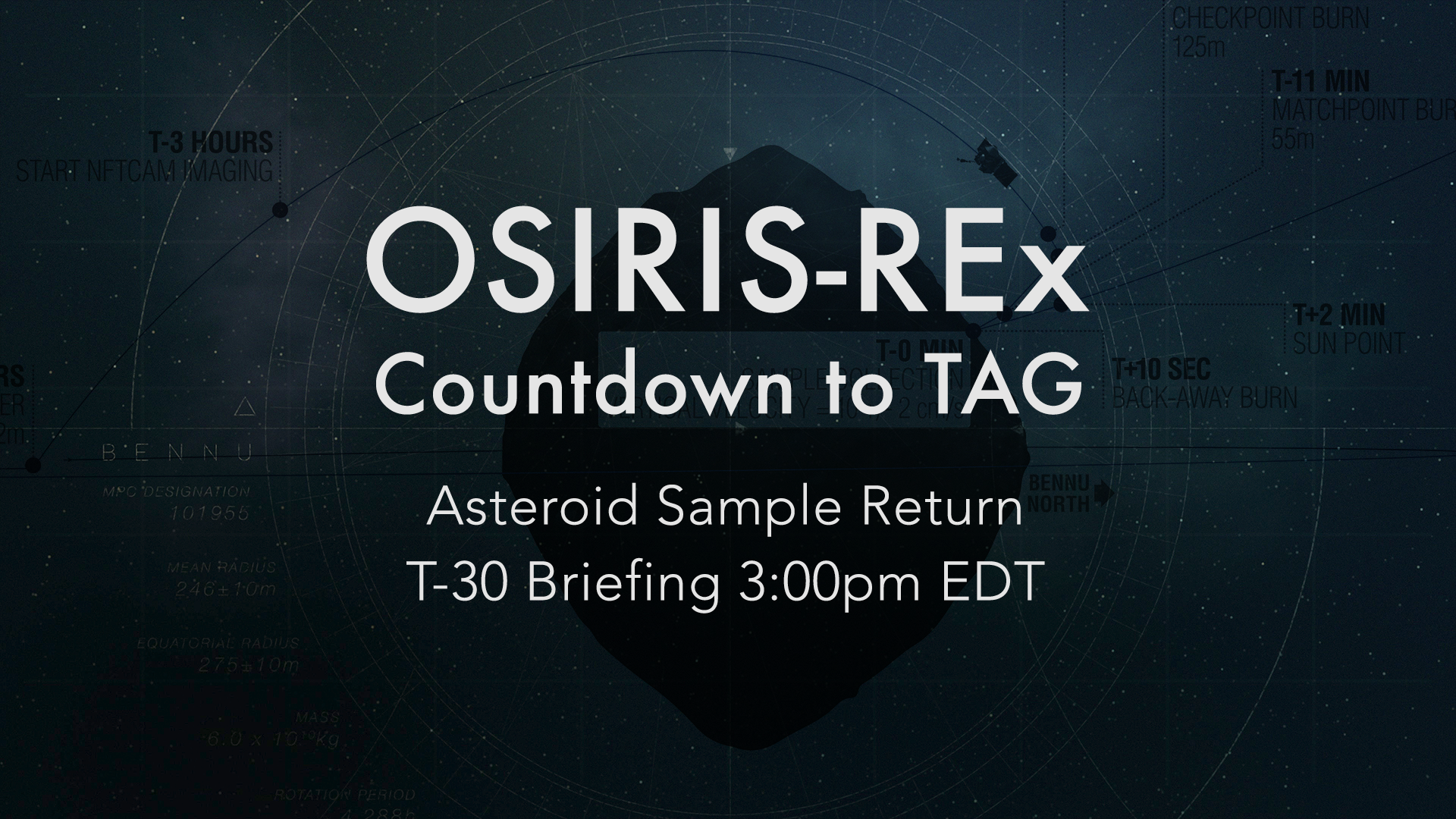
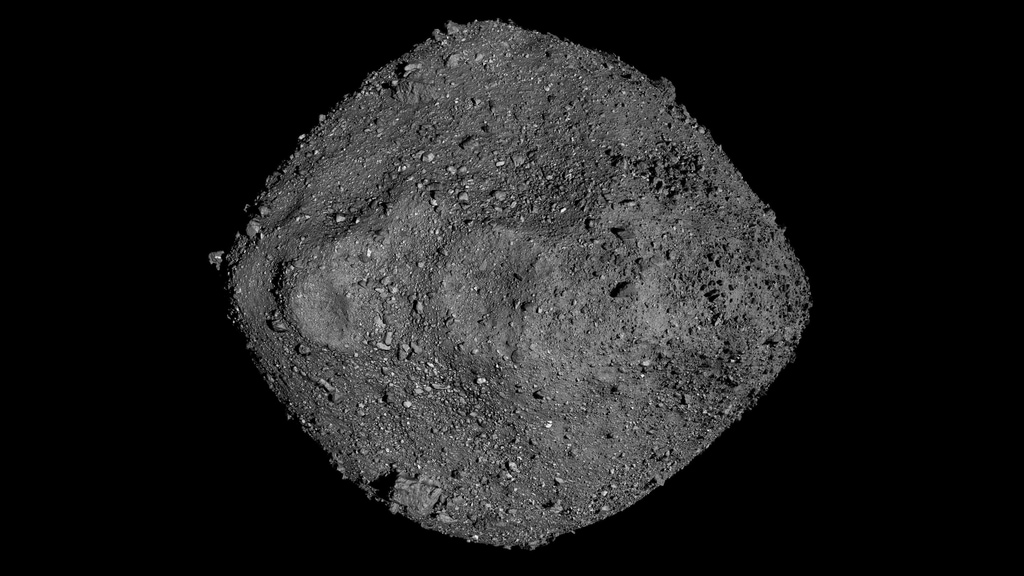
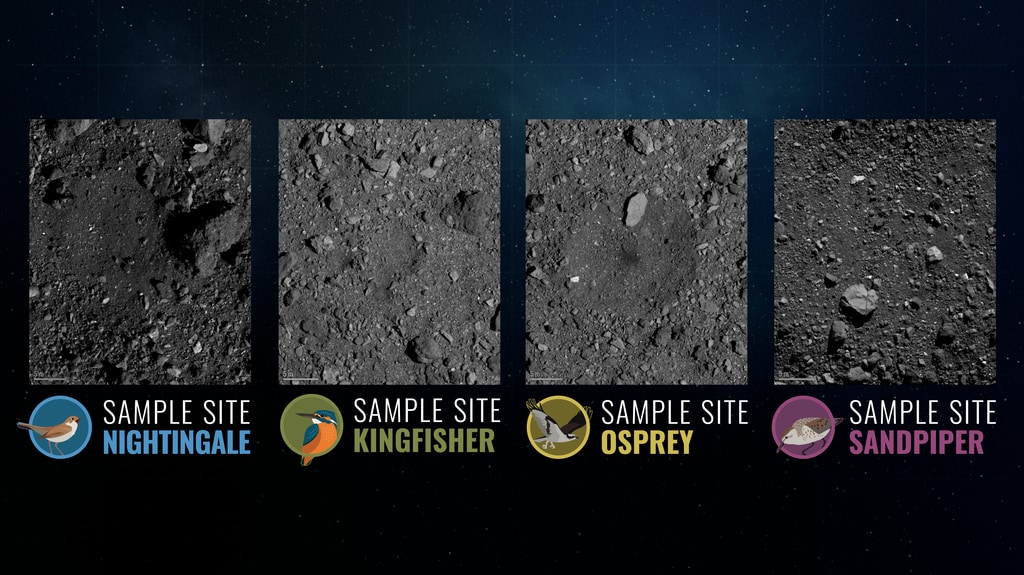
![NASA Science Live: OSIRIS-REx - X Marks the Spot [Episode 13]Air Date: December, 12, 2019Watch this video on the ScienceAtNASA YouTube channel.](/vis/a010000/a013500/a013504/NSL_ep13_still_print.jpg)